Scotland has an enormous variety of "Sword Dances" including the Argyll Broadswords, the Jacobite Sword Dance, the Clansmen Sword Dance,
the Broadswords of Lochiel, the Lochaber Broadswords, the Elgin Long Sword Dance and the Papa Stour to name but a few.
|
But, today, the term "Sword Dance" invariably refers to "Ghillie Callum" performed by a solo dancer over two swords, laid as a cross, on the ground. "Ghillie Callum (1)" is one of the oldest and most famous traditional Scottish dances. This ancient dance of war of the Scottish Gael is said to date back to King Malcolm Canmore (2). After defeating one of MacBeth’s generals at the Battle of Dunsinane in 1054, Malcolm placed his sword over that of his enemy and performed a dance over and atop them symbolizing both his victory and his martial dexterity, a quality admired in leaders at this period. Since, in addition to being a test of skill and agility, this dance of exultation in triumph became a dance of prophesy among the highland warriors. The legend says that warriors would perform the dance over them in order to predict the outcome of the next day’s battle. If the dancer finished without touching the swords, he was assured of victory, but touching the swords could forecast defeat and death. |

|
(1) The name “Ghillie Callum” means “Servant of Malcolm.” Originally, ghillie was the name given to the young man [the literal and original meaning of "gille" is "youth" or "lad."
It is cognate with (and derived from) the Irish "giolla."] who would guide the Highland chiefs on hunting and fishing expeditions.
It was later generalized and used in a derogatory way by lowlanders to describe the men servants who always accompanied Highland chiefs.
Ghillies are also a soft shoe without a tongue, worn for traditional Scottish Highland Dances.
They are usually black in color with decorative laces and slightly larger than the foot as they are often worn with the thick socks of the traditional Highland garb.
|
(2) Malcolm Canmore (Canmore means “great head”) was the illegitimate son of King Duncan of Scotland whom Macbeth (about whom William Shakespeare wrote his famous play),
the Earl of Moray, defeated and killed in the year 1040 and took the crown of Scotland. Malcolm fled to England and took refuge there, dreaming always of returning to Scotland and reclaiming his father’s throne. After long years Malcolm went north with an army and defeated Macbeth at Dunsinane Hill (1054). Malcolm then gained control of the southern part of Scotland and spent the next three years pursuing Macbeth, who fled to the north. With the support of the English King, Malcom defeated and killed Macbeth at Lumphanan in Aberdeenshire in 1057. Lulach, Macbeth’s stepson, took over the throne but Malcolm killed him also in the following year. |

|

|
Malcolm Canmore was crowned Malcolm III in 1058.
Malcolm founded the dynasty of the House of Canmore which lasted 200 years until the House of Stewart. By his first marriage to Ingebjørg (her mother’s father was a brother
of the Norwegian kings Olav Haraldsson and Harold Hardrada) he had two sons, Duncan II (who became king after Malcolm) and Donald.
Following Ingebjørg’s death, around 1069, he married Margaret, the sister of Edgar Atheling would have become King of England if William the Conqueror from Normandy had not
over-run the country. By this marriage there were six sons, three of whom (Edgar, Alexander and David) would become king. The large number of English exiles who had gathered in the court and raids by Malcolm into Northumbria and Cumbria became a concern to the English King William who marched North. Malcolm was forced to submit and sign the Treaty of Abernethy in 1071 and agree to his son Duncan becoming a hostage in England. Even so, Malcolm made two more raids into England in 1079 and 1091, and again he lost and had to submit to the English king. Malcolm led a final incursion in 1093. This led to his defeat and death at Alnwick. His son and heir Edward died in the same battle and Queen Margaret died in Edinburgh Castle, four days later. |

Records of this dance are obscure until the late Sixteenth Century where male dancing proficiency was as much esteemed as male athletic prowess, in Scottish Highland community. This demonstrates a change from dance as ritual to dance as exercise to strengthen legs and improve agility.

|
Ghillie Callum is first recorded as a competition dance in 1832. The dance performed at the Highland Games today typically comprises one dancer performing over two crossed swords and includes two or three slow steps followed by one or two quick steps (the dancer claps to give her a boost and to tell the bagpiper to speed up the tempo) and focuses on technical accuracy and the precise placing of the feet. Because the dancer is representing a warrior, the head must be proud and poised and the steps executed to give an appearance of strength, control and conviction. |
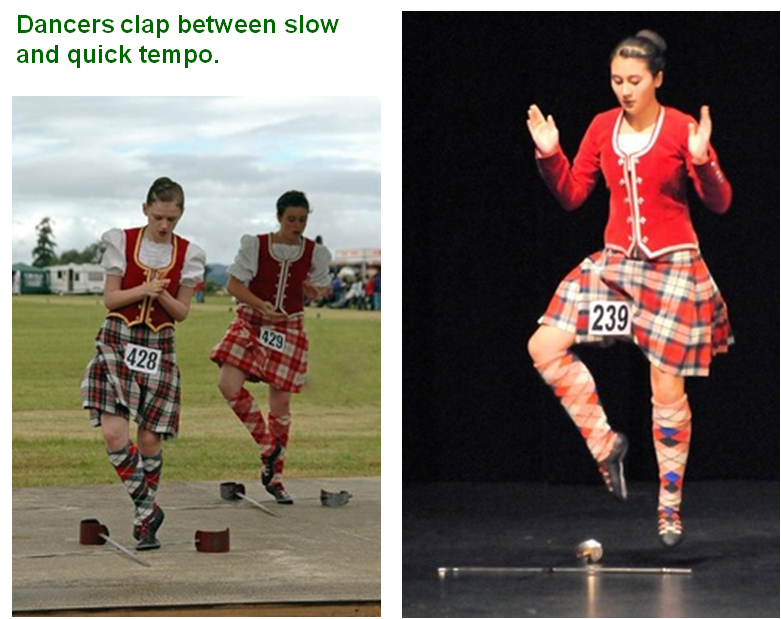
|
In the first step the dancer performs the steps outside the sword or "addresses" the sword (It infers that the swords have 'personality'. So the dancer is requesting permission to dance within the swords by executing the first step correctly without disturbing the swords). Subsequent steps are danced over the crossed blades, but notice that once inside the blades, the dancer never dances with his back turned to the swords - only a fool would turn his back on a weapon.
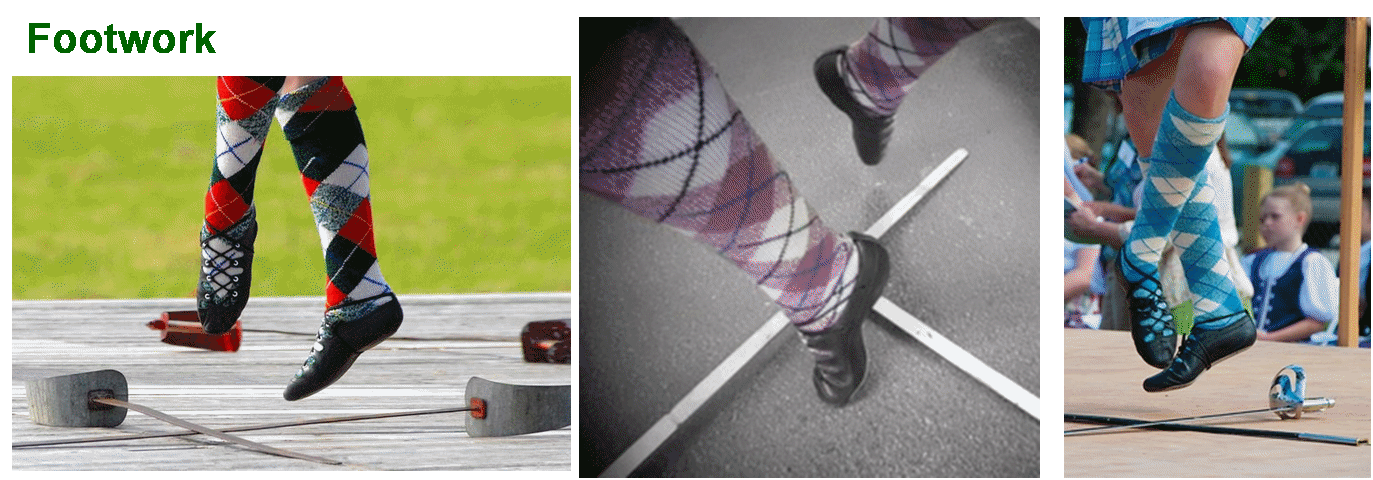
|
It requires tremendous dexterity not to displace the swords. But nowadays, nevertheless following the tradition, if the dancer touched the sword he would not be wounded the next day but disqualified or 5 points penalised (depending of the dancer level) if the sword is touched but not displaced. |
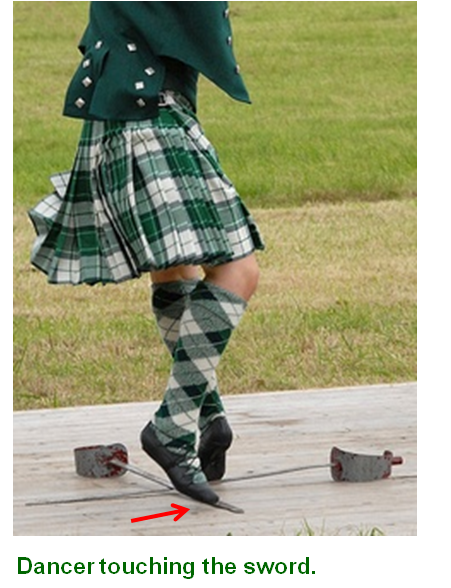
|

The dancer progresses in an anticlockwise direction ("widdershins" or the way of the witches) around the swords but the direction of travel as late as 1880 was clockwise. A description of the clockwise dance is given in "Book Of The Club Of The True Highlander",1881. One example of a "clockwise" step can be found in the form of the Third Step of "The Jacobite Sword Dance" collected by Mrs. M. I. MacNab.
The origins of the convention of progressing anticlockwise lie in the fact the men were wearing a sword on their left hip (the normal scabbard position for right-handed person). To move in this way was easier as they were less encumbered. The same occurs in couples where the male dancer holds his partner with the right hand to prevent her dress caught in the scabbard, and stands in the center of the circle when dancing round the ballroom dance floor to avoid his scabbard clashing with spectators. So the only possible move for such position (as Ladies can’t promenade backwards as the length of their dress would become caught beneath their feet) is an anticlockwise one.

The tune Ghillie Callum can be traced back to 1768 and is probably connected to an old kissing dance - "Babbity Bowster". This courting ritual dance, almost always performed as the last dance of the evening, shows the substitution of a magic wand or a stick for a sword. In the Central and West Highlands and the Western Isles, the leader would twist a handkerchief into a rope, lay it on the floor like a sword, and do a few steps of the Gille Calum sword dance in a clockwise direction. The words of the dance-song Gille Calum, about getting a sweetheart and a wife, apply more aptly to a kissing dance than to a combat dance. The tune is replaced by “The White Cockade” when a white handkerchief replaced an actual sword or by “The blue bonnet” when a blue bonnet was substituted for the handkerchief.
The earliest record of the tune is in David Young’s 1734 Drummond Castle Manuscript “Gillie Callum” which retained its popularity into the next century, and J.S. Skinner, who was a dancing master as well as a celebrated violinist, taught the dance at such places as Elgin and Balmoral. He included the tune later in his collection The Scottish Violinist, under the title "Sword Dance." The first definite reference in print appears in 1804.
After re-acquiring his father’s kingdom, Malcom later ascended the throne, as King Malcolm III and incurred the displeasure of the Highlanders by marrying a Saxon princess (Margaret) which led to the change of the court language from Gaelic to English; the shifting of his court from its ancient seat (Dunstaffnage Castle) in Argyllshire, to Dunfermline; and the addition to the coinage of a very small coin, the bodle, or two pennies Scots, equal in value to the third part of our halfpenny.
It was called in Gaelic bonn a sia, or coin of six, being the sixth part of a shilling Scots, which was so small as to be contemptible in the eyes of his Highland subjects.
This last action resulted in the heroic Sword Dance Gille Caluim being danced to music accompanied by verses ridiculing the new coin where Ghillie Callum is Callum’s tax-gatherer (an odious official everywhere) immortalized in melody, while the traditional story is well nigh forgotten.
Nevertheless, only the picturesque Callum, the agile highlander, has survived to the present day.
There are puirt-a-beul words to the tune (a bawbee was a Scottish halfpenny. The word means, properly, a debased copper coin, valued at six pence Scots):
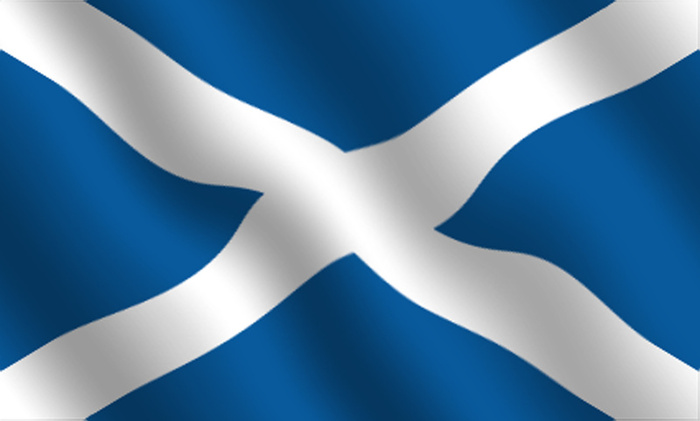
Chorus
Gille-Caluim twa pennies a bodle
I can get a lass for naething (sweetheart) Chorus
I can get a wife for tuppence, Chorus |
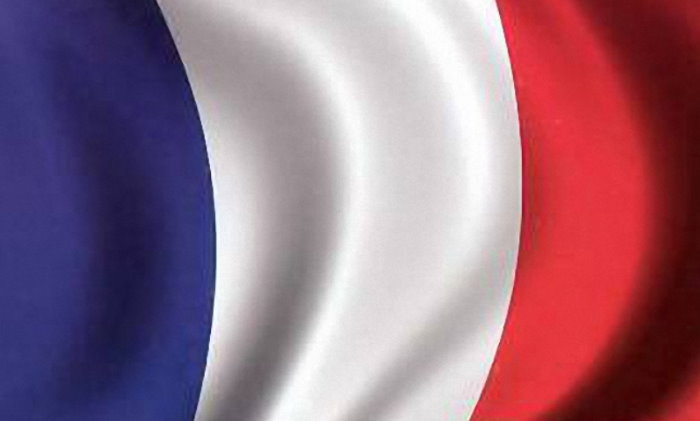
Refrain
Ghillie Callum et sa piécette à deux sous
Je peux avoir un amour de fille pour rien Refrain
Je peux prendre épouse pour deux pennies Refrain |
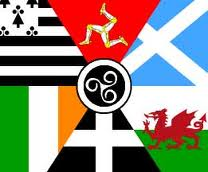
Luinneag
Gille-Caluim : da pheighinn
Gheibhinn leannan gun dad idir Luinneag
Gheibhinn bean air da pheighinn Luinneag |
|
Traditional Highland sword dance
|
Sword Dance, Las Vegas Tattoo 2011
|
|
Sword dance - Primaries
|
Sword dance tutorial
|
|
Sword - Cowal 2014 - Rebecca Thow
|
Sword - Cowal 2014 - Kaylee Finnegan
|

